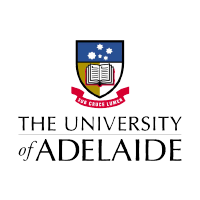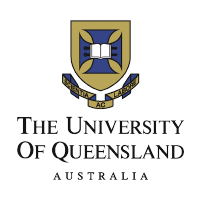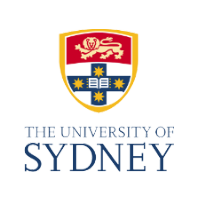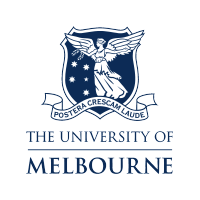Curriculum
Mathematical Foundations for Biostatistics (MFB)
This unit aims to develop and apply calculus and other mathematically-based techniques to the study of probability and statistical distributions. These two units, together with the subsequent Principles of Statistical Inference (PSI) unit, will provide the core prerequisite mathematical statistics background required for the study of later units in the Graduate Diploma or Masters degree
COORDINATORS:


General outline
Prerequisites
None
Time commitment
8 -12 hours total study time per week, depending on the amount of revision required
Semester availability
Semester 1 & 2
Assessment
Two written assignments, each worth 35% and submission of selected practical written exercises from modules, worth 30%.
Prescribed Texts
Wackerly DD, Mendenhall W, Scheaffer RL. Mathematical Statistics with Applications, 7th edition, 2007, Wadsworth Publishing (ex Duxbury Press, USA)
Recommended Texts
Healy, MJR. Matrices for Statistics, 2nd edition. Oxford University Press, 2000
Special Computer Requirements
Stata or R statistical software, and Wolfram Alpha (online free resource)Content
This unit covers the foundational mathematical methods and probability distribution concepts necessary for an in depth understanding of biostatistical methods. The unit commences with an introduction to mathematical expressions, followed by the fundamental calculus techniques of differentiation and integration, and essential elements of matrix algebra. The concepts and rules of probability are then introduced, followed by the application of the calculus methods covered earlier in the unit to calculate fundamental quantities of probability distributions, such as mean and variance. Random variables, their meaning and use in biostatistical applications is presented, together with the role of numerical simulation as a tool to demonstrate the properties of random variables.
Resources
Course notes, online mini-lecture videos, online tutorials, discussion board.




